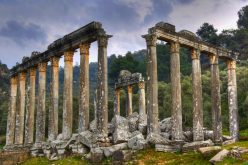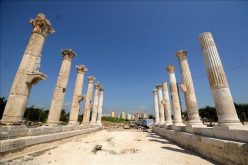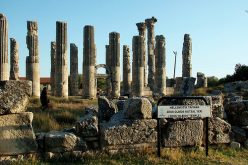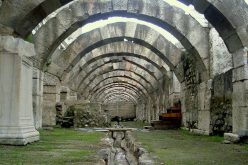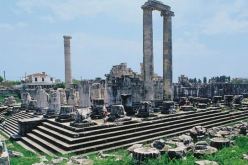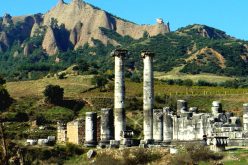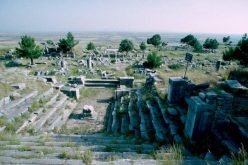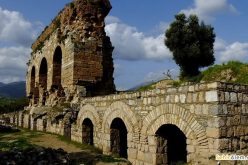Aspendos
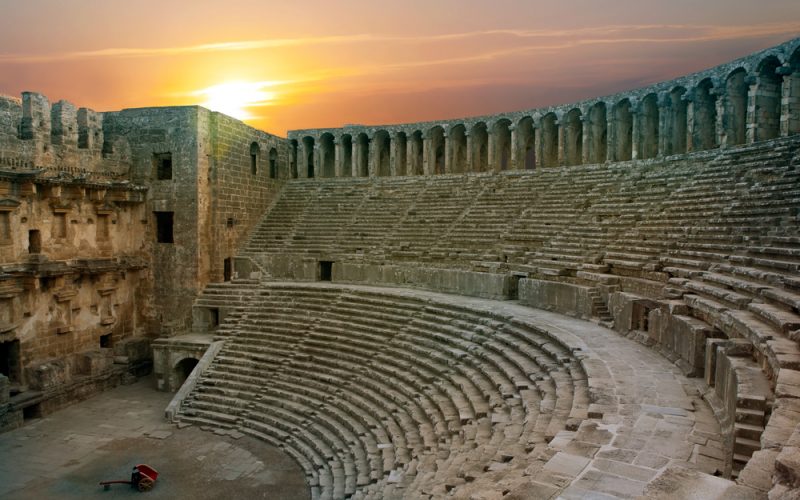
Aspendos
Aspendos was founded on a hill top near the Eurymedon River (now Köprücay) and over the course of 800 years saw Lydian, Persian, Greek, Ptolemaic, Seleucid, Roman, Byzantine, and Seljuk rule. According to ancient tradition, the city was founded by Mopsus in the 13th BC. In the 6th BC, the Lydian King Croesus took Aspendos. After Cyrus’s victory over Croesus in the same century, the city became Persian. In the 5th century BC, Aspendos minted its own silver coins. Alexander the Great took over from the Persians in the 4th century BC. In the Roman period, Aspendos was a crucial port city.
Though the remains on the hill top have not been systematically excavated, there are remains of an agora, a basilica, a market hall with shops and a nymphaeum. Water was brought to the city through a marvelous aqueduct, second only to the theater. Remains of two water towers belonging to the aqueduct can still be seen.
Aspendos Theater is one of the largest ancient buildings in Anatolia, and may well be accepted as the best preserved theater of antiquity. It was built by a local architect Xenon during the reign of Macus Aurelius (2nd century AD). According to an inscription, it was a gift from the two brothers, Curtius Crispinus and Curtius Auspicatus, who dedicated this monument to the gods of the country and to the Imperial House. With a diameter of 96 meters, the theater’s capacity is estimated to have been 20,000 people and the stage building was three stories high. The uppermost facade was used to support an awning like roof that projected out over the stage, erected more for its acoustical effect than for the shade it provided. The lower levels of the facade were decorated with a double colonnade with ten pairs of columns on each level: Ionic capitals below and Corinthian above. The central four columns on the upper level were surmounted by a pediment with a relief of Dionysus. Other panels were also decorated with many statues, portrait busts and reliefs.
The fact that the stage building is as high as the upper end of the colonnaded arcade surmounting the auditorium proves that it is a Roman theater; the skene and auditorium is one complex and not separate constructions as in the Hellenistic style. In the 13th century, the Seljuk period, the theater was restored to be a royal caravansarai for the sultans who resided there on the way to their winter residences in Alanya.
In the spring and early summer, the Aspendos International Opera and Ballet Festival, which has been organized by the Turkish State Opera and Ballet since 1994, offers an annual season of productions in the theater.
Related Articles
Write a Comment
Only registered users can comment.




